Five
FUN AND ENTERTAINMENT
Recreation in Austin has largely centered around water. Clear and abundant, Barton Springs has been almost sacred since Billy Barton built his log cabin in the 1820s, and his “Waterloo” settlement became Austin in 1839.
In 1888 George Eastman introduced the Kodak camera, which made photography available to millions of people. Eastman’s slogan was “You press the button, we do the rest,” and indeed, photography became an international hobby. This Austin couple is shown enjoying their box camera. (Courtesy Lel Hawkins.)
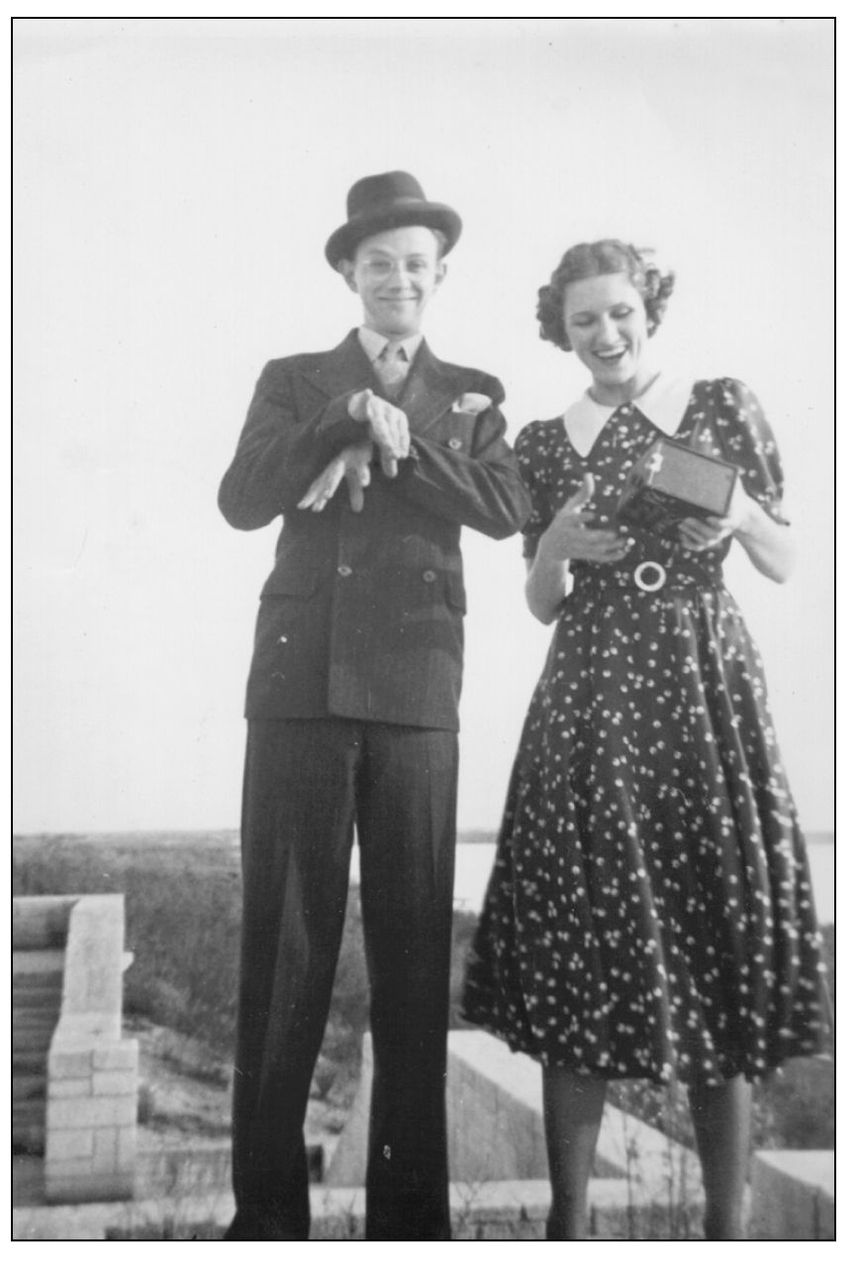
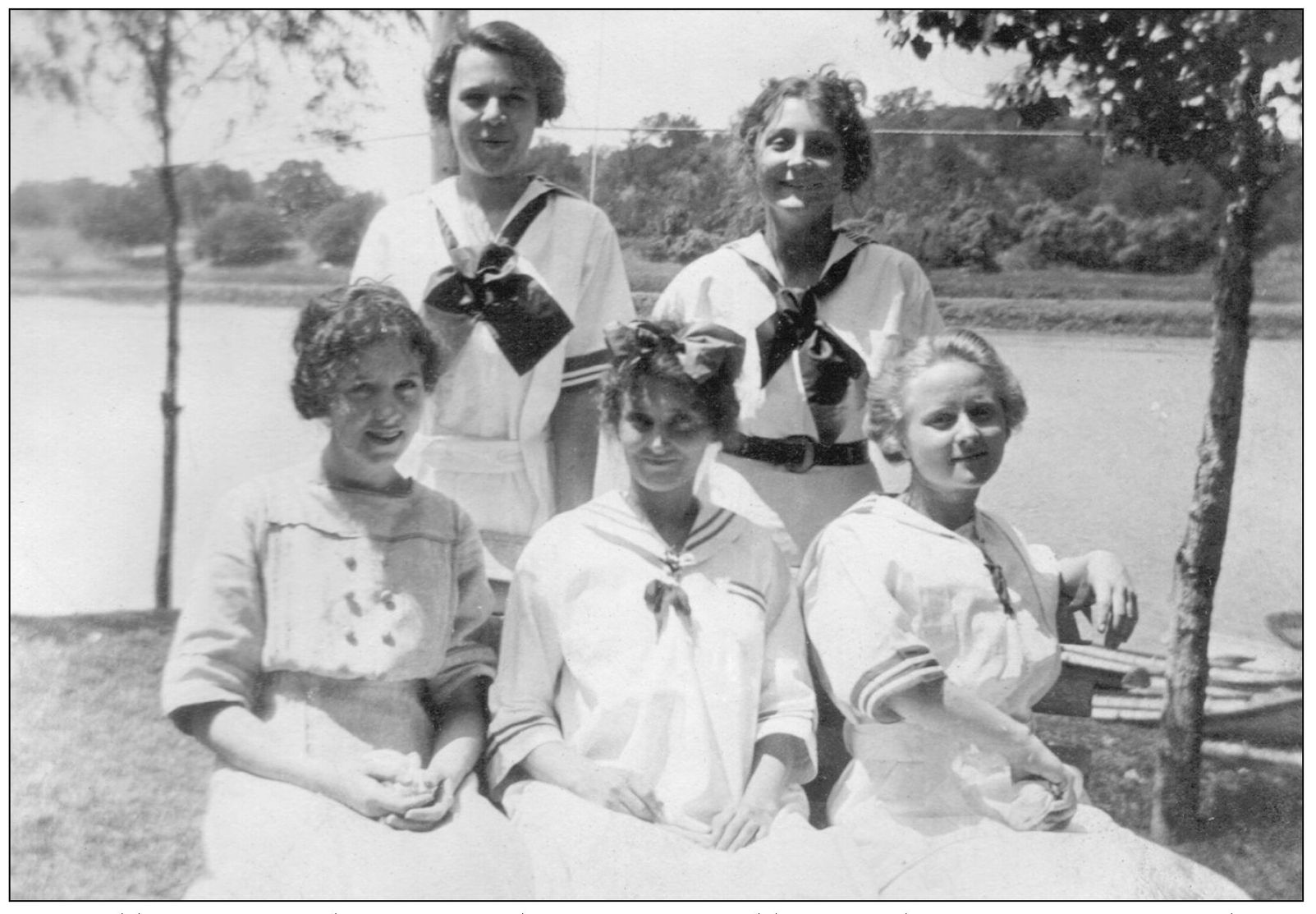
Deep Eddy was one of the most popular swimming and boating places in Austin. Located west of the Charles Johnson home (Johnson was a friend of Sam Houston), it was common for young ladies to spend the day there. (Courtesy Cynthia Trenckmann.)
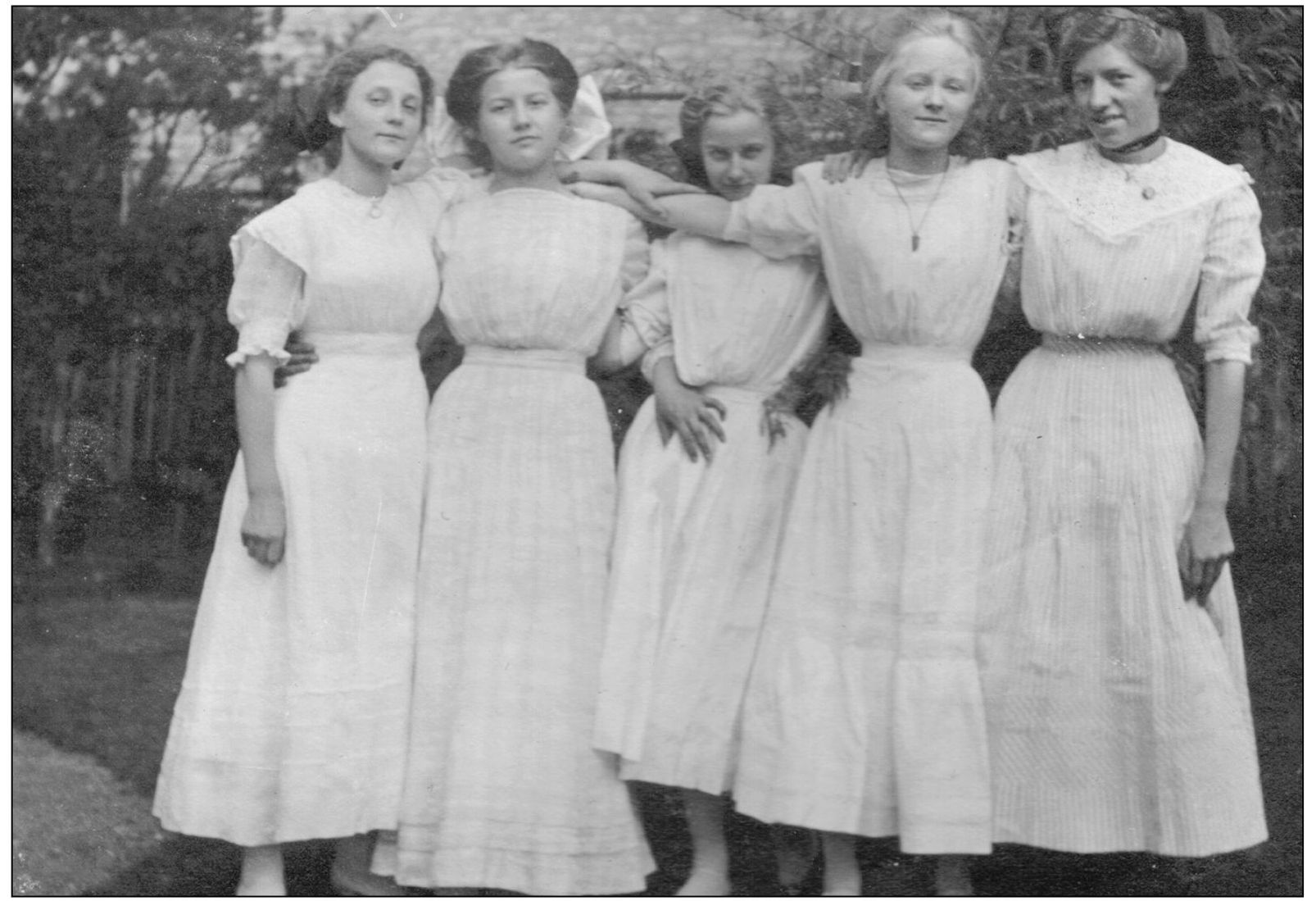
In 1916 these young ladies spent the day at Deep Eddy. (Courtesy Cynthia Trenckmann.)
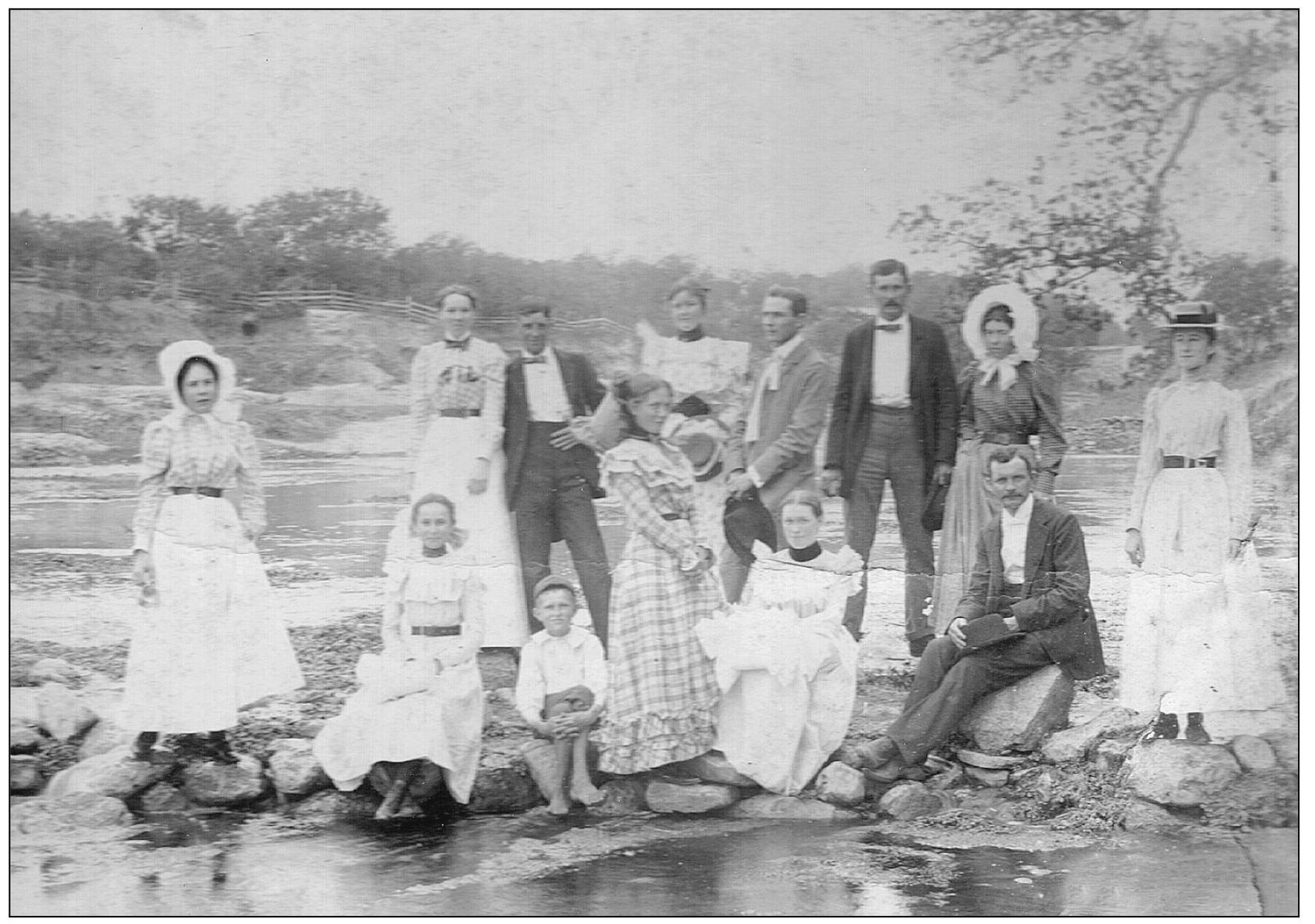
Barton Springs is one of Texas’s finest natural treasures. Shown here in the 1890s, Charles P. Luck is seated in the front row at right, and Sophie Cook(e) Luck is next to him. Barton Springs is known as “The Soul of the City.”
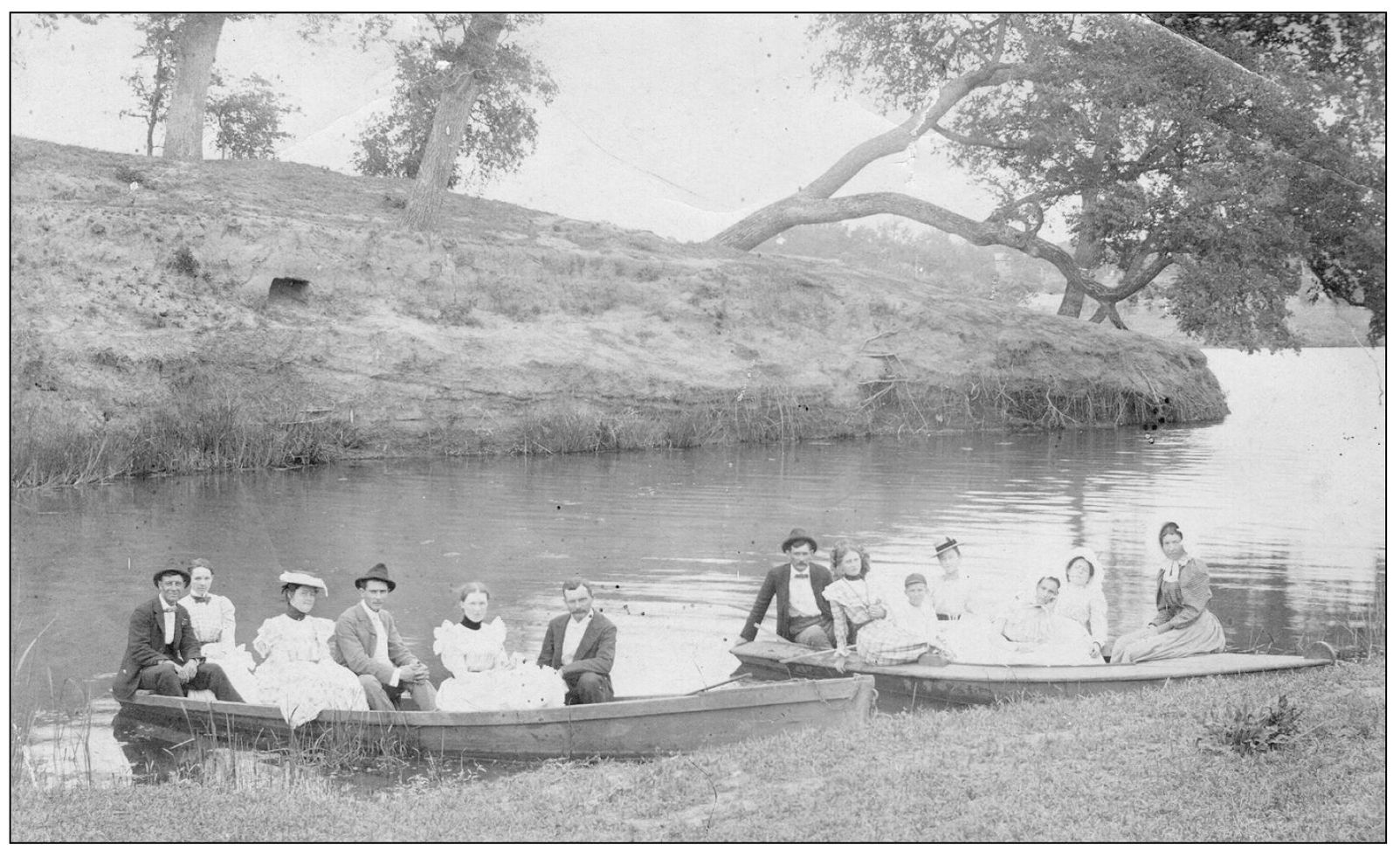
Barton Creek runs into the Colorado River, making boating another favorite activity. Barton Springs has a flow of 26 million gallons of cold spring water each day. When Austin was only known as “Waterloo,” the three cabins that made up the settlement were here.
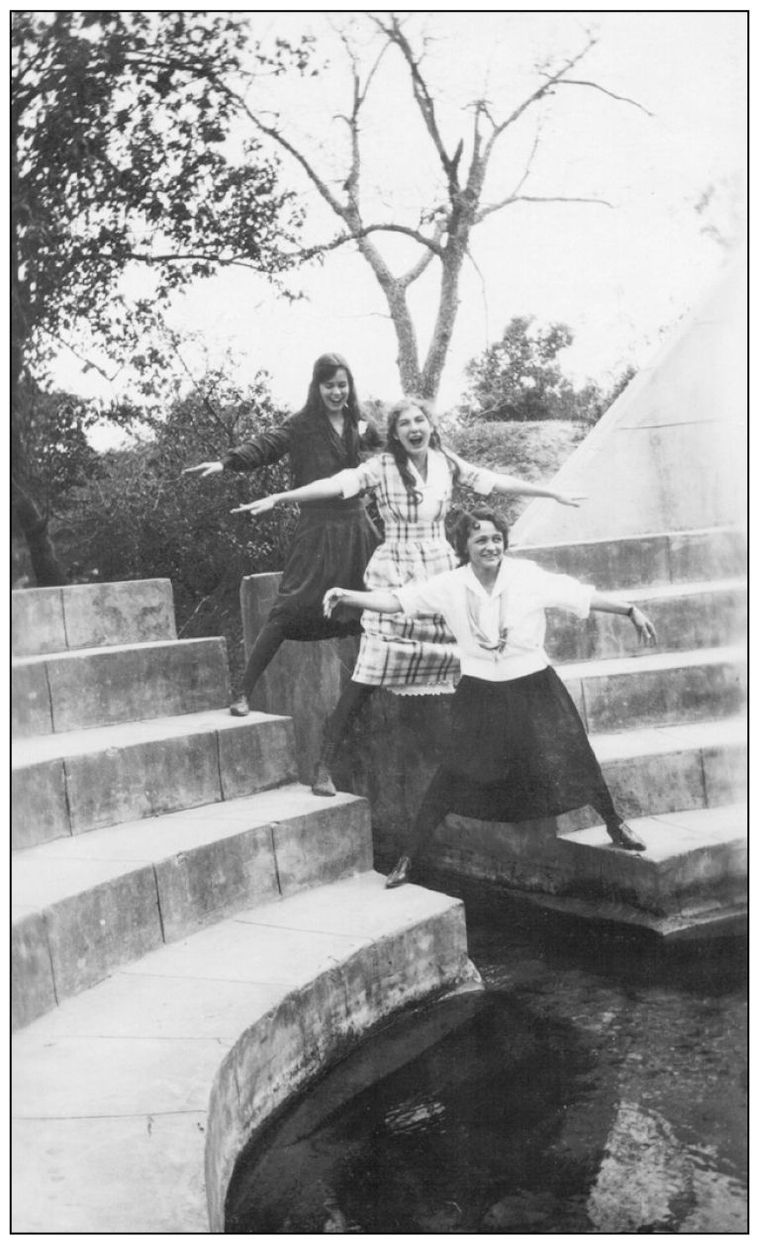
In 1932, these friends took an outing to Zilker Park. (Courtesy Ken Wukasch.)
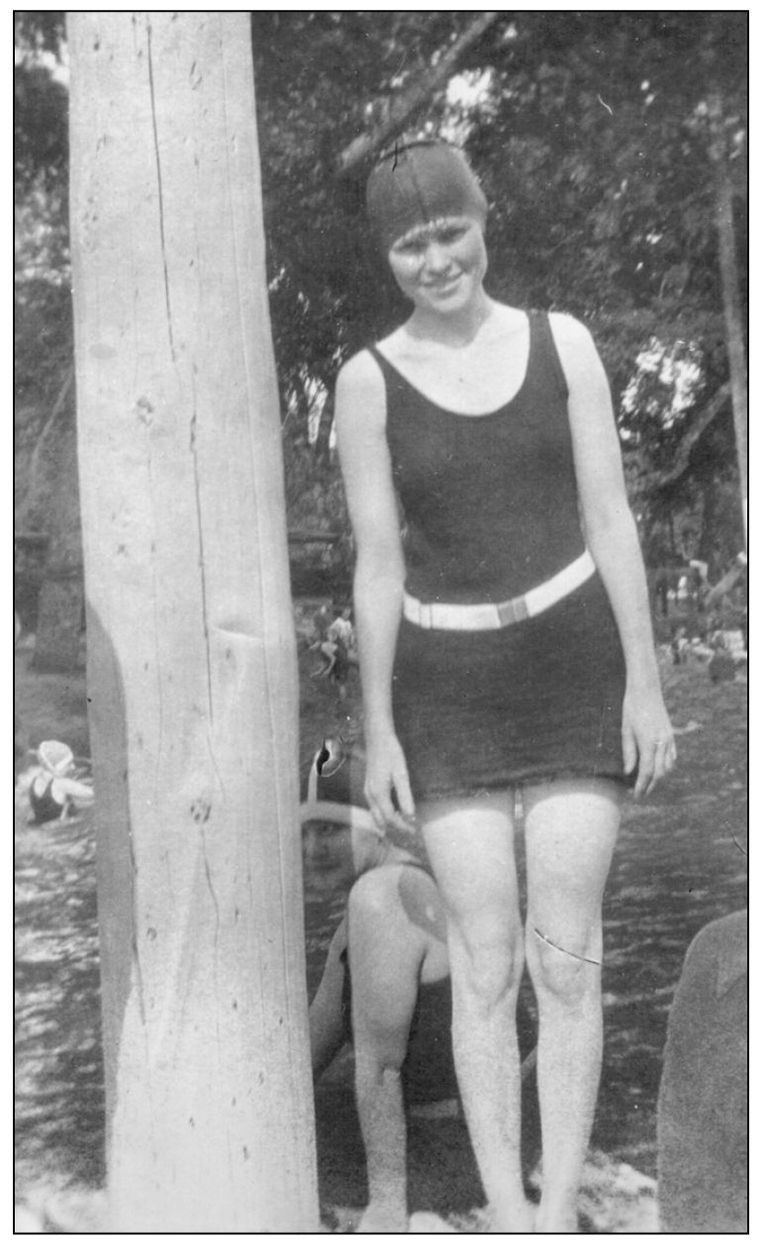
Viola Luck sports the latest swimming attire in the 1920s.
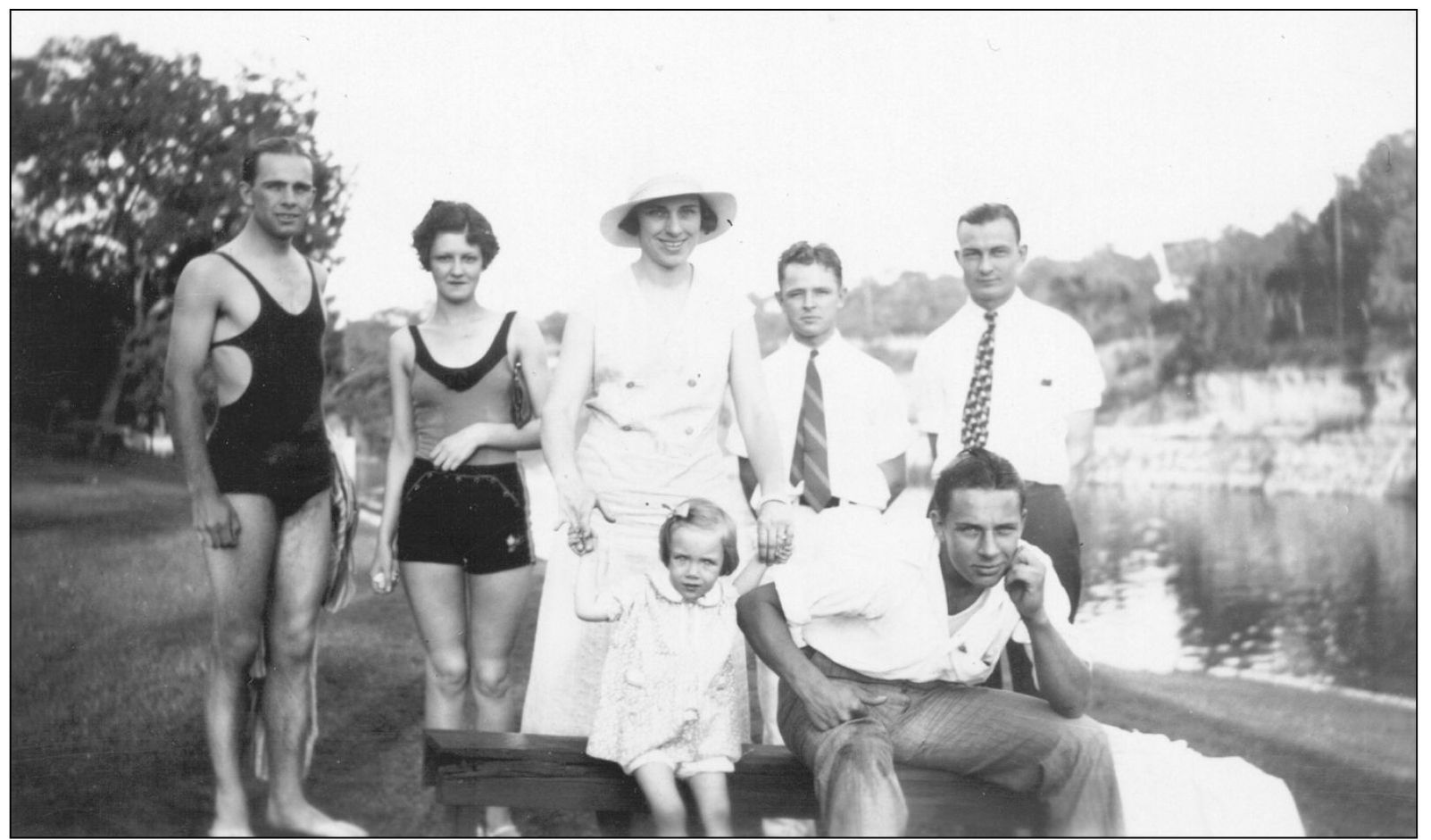
The Wukasch family enjoys Barton Springs in 1932. (Courtesy Ken Wukasch.)
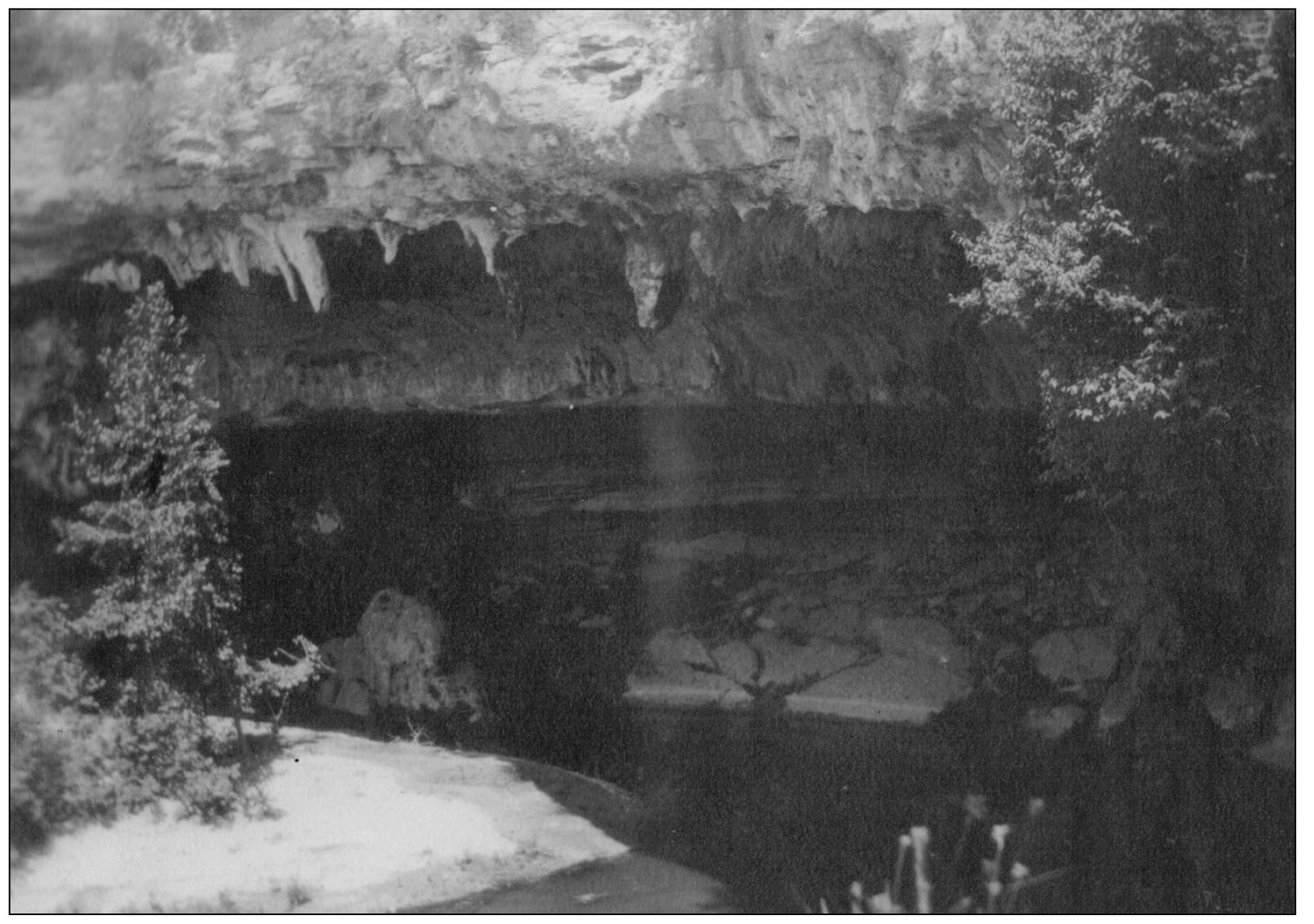
Hamilton Pool, located southwest of Austin in Travis County, is named in honor of Governor Andrew J. Hamilton (who served 1865–1866) who very much enjoyed an outing to this beautiful natural pool. From the waterfall, the pool is 95 feet down from the horseshoe-shaped bluff that overlooks the clear-blue spring water, as seen in this 1917 photograph. (Courtesy Cynthia Trenckmann.)
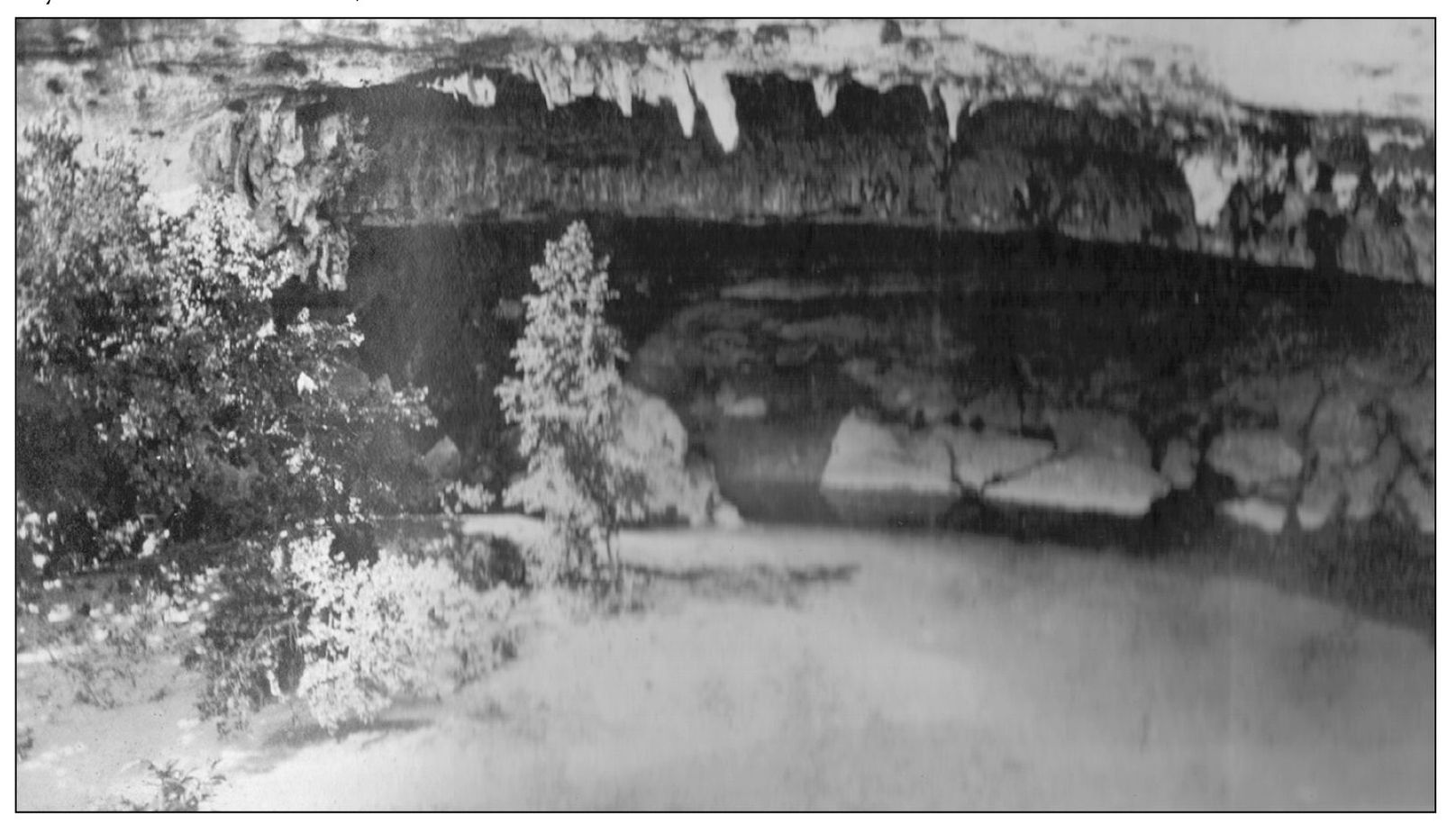
In traveling to Hamilton Pool, automobiles have replaced wagons, buggies, and surries, but this has always been a favorite place of seclusion and serenity. Native Americans used the area as a campground before the land was purchased in the 1840s. (Courtesy Cynthia Trenckmann.)
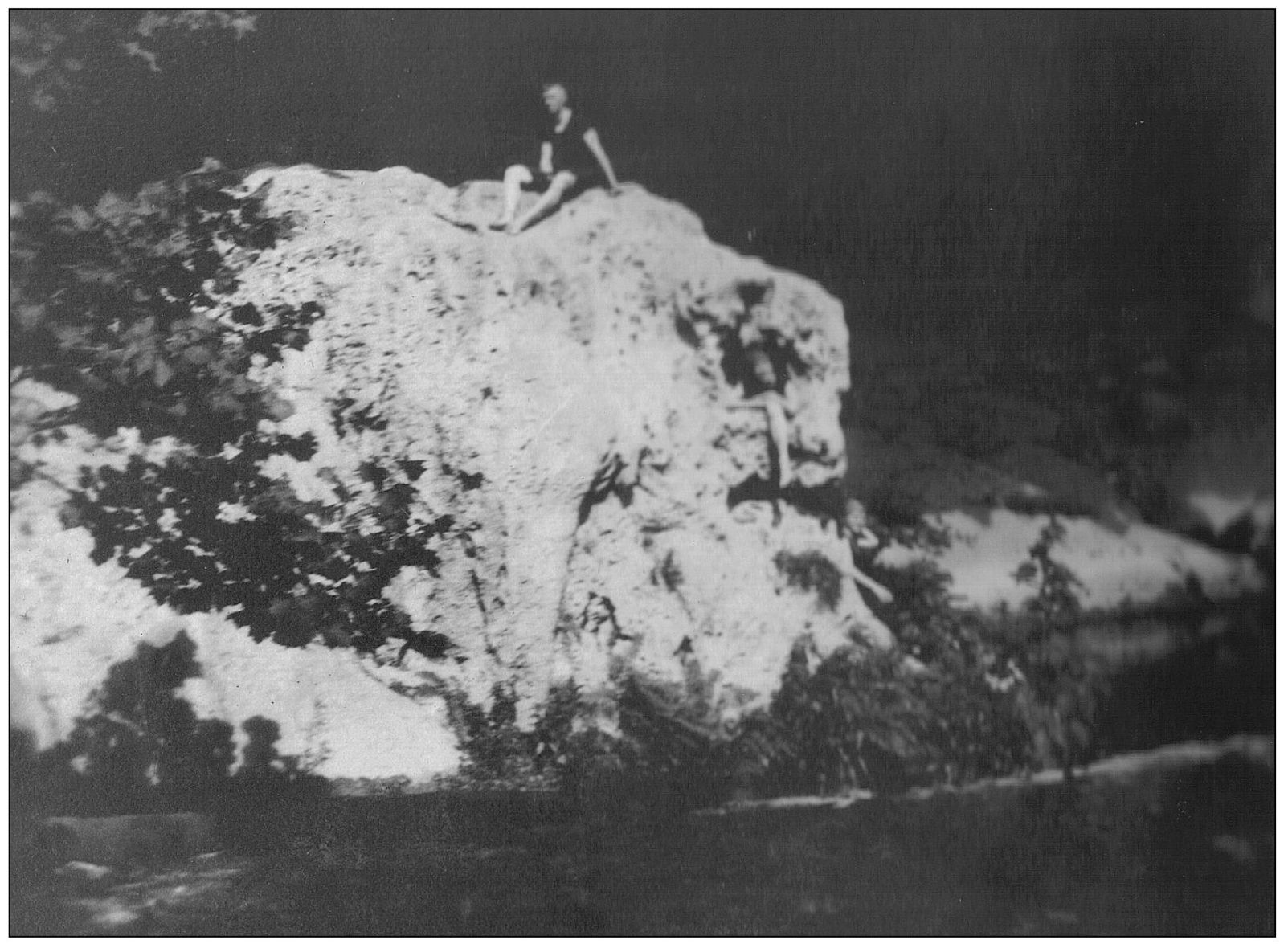
This rock is known as Elephant Rock, and is located at Hamilton Pool. (Courtesy Cynthia Trenckmann.)
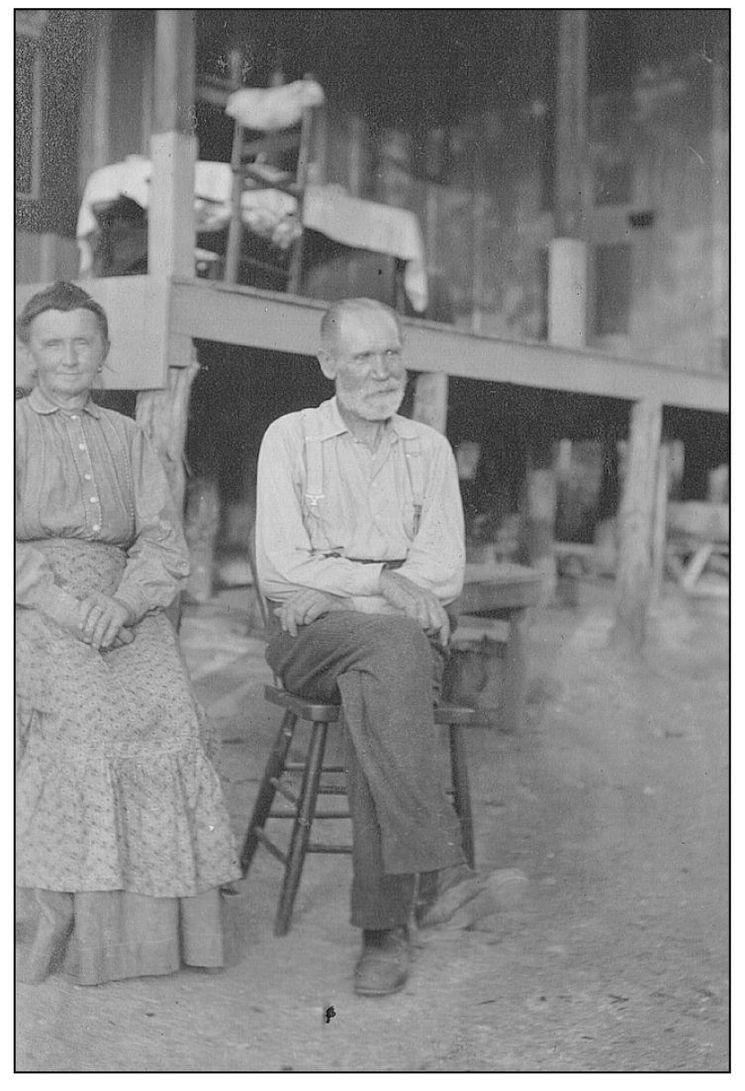
Longtime owners of Hamilton Pool were Mr. and Mrs. B.J. Reimers, shown here in September of 1917. (Courtesy Cynthia Trenckmann.)
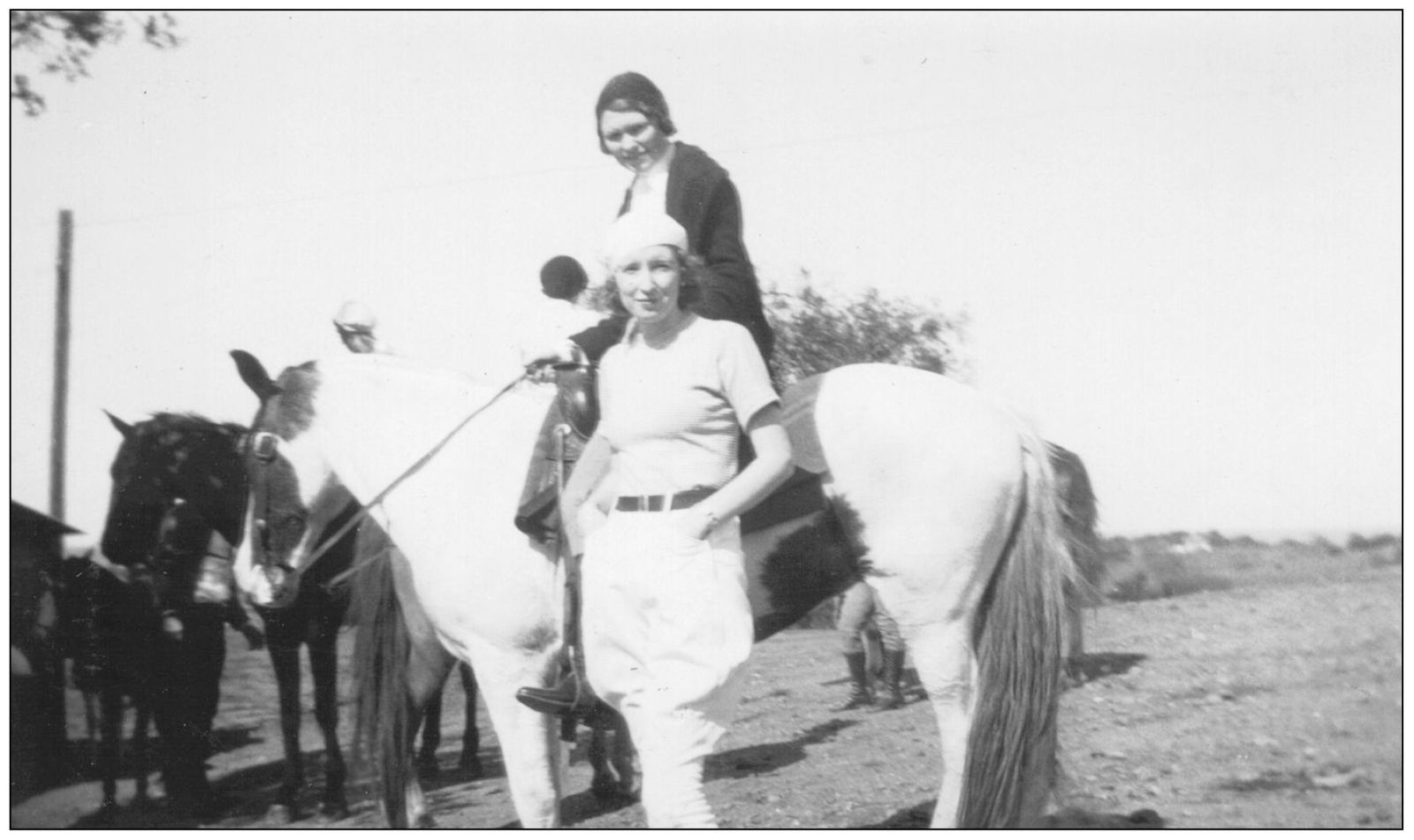
Sisters Viola and Celeste Luck were dressed for horseback riding in 1929 at a stable west of the city.
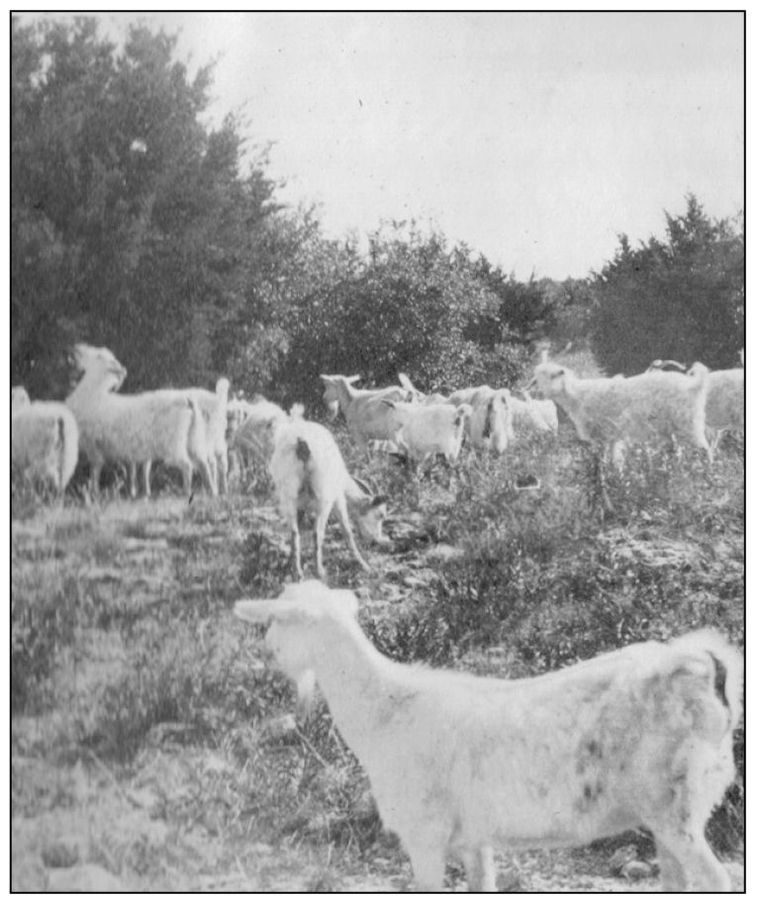
Although this photo is from 1917, goats are still a common sight in the Hill Country around Austin.
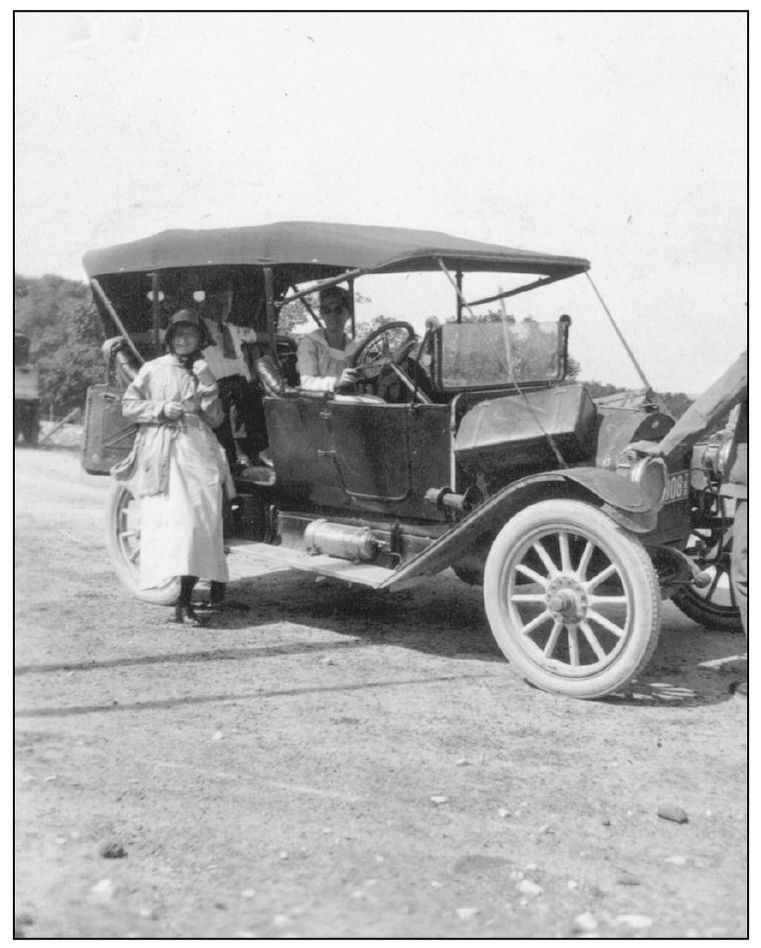
Automobile travel was a favorite for Sunday outings.
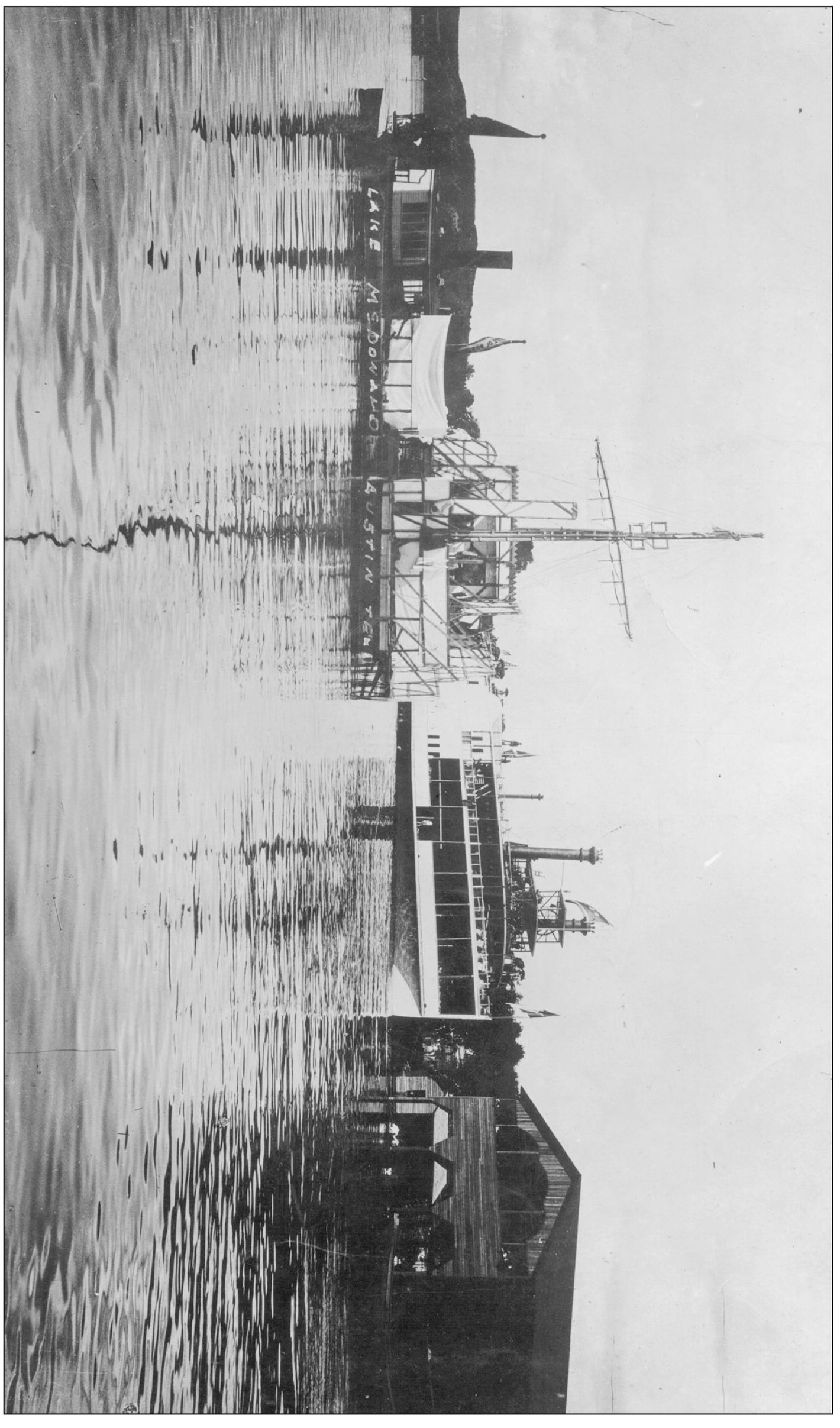
From 1893 until 1900, McDonald Dam formed Lake McDonald. John Mc Donald was the skipper of the steanner Ben Hur, a celebrated craft that coult carry 1,500 people for cruises up the Colorado River, at a cost of 50c for the three and one half-hour trip. The Dixie steamer is shown to the left of the Ben Hur. (Courtesy Ken Wukasch.)
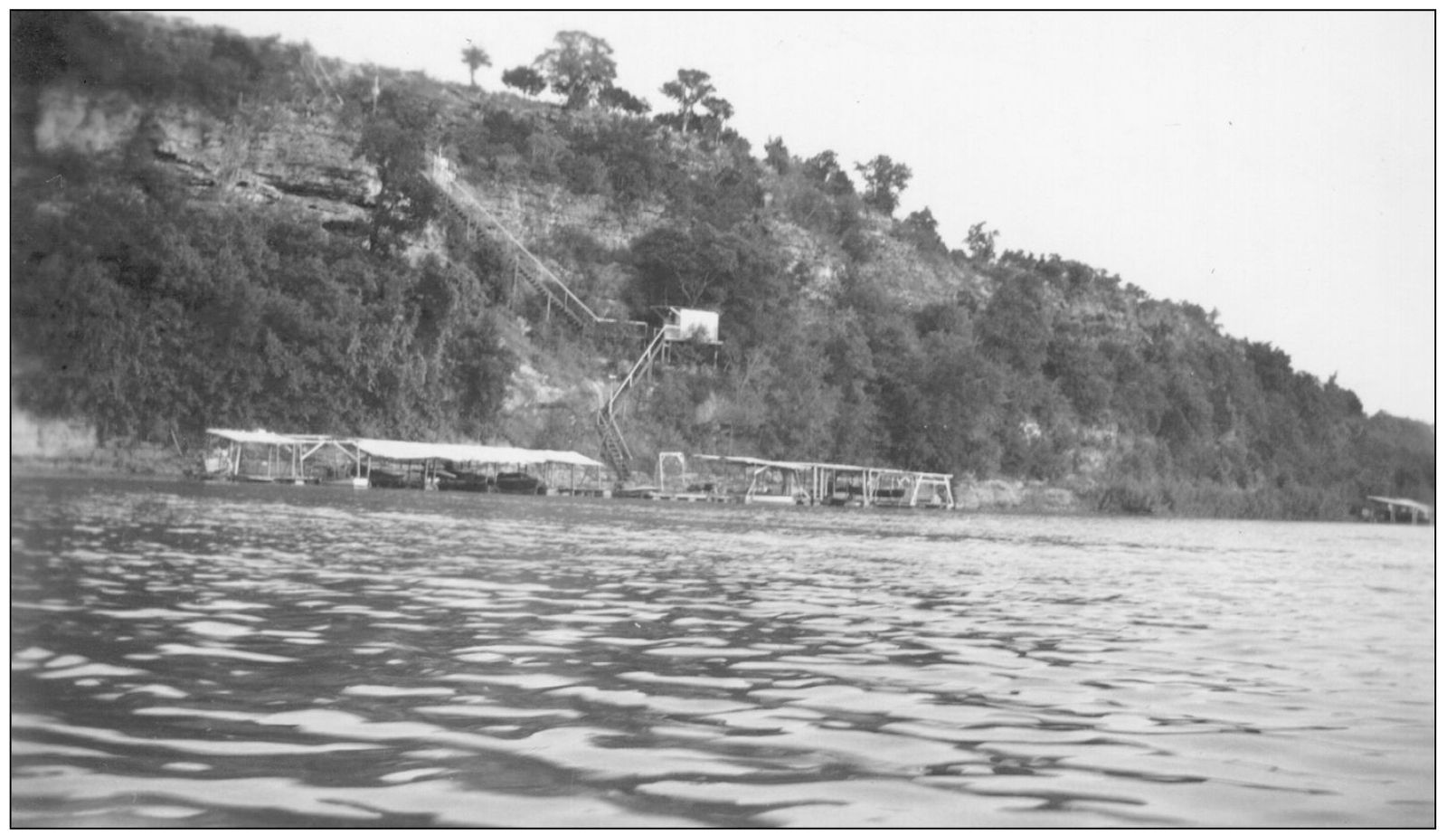
The original Austin Boat Club is shown on Lake Austin. (Courtesy Ken Wukasch.)
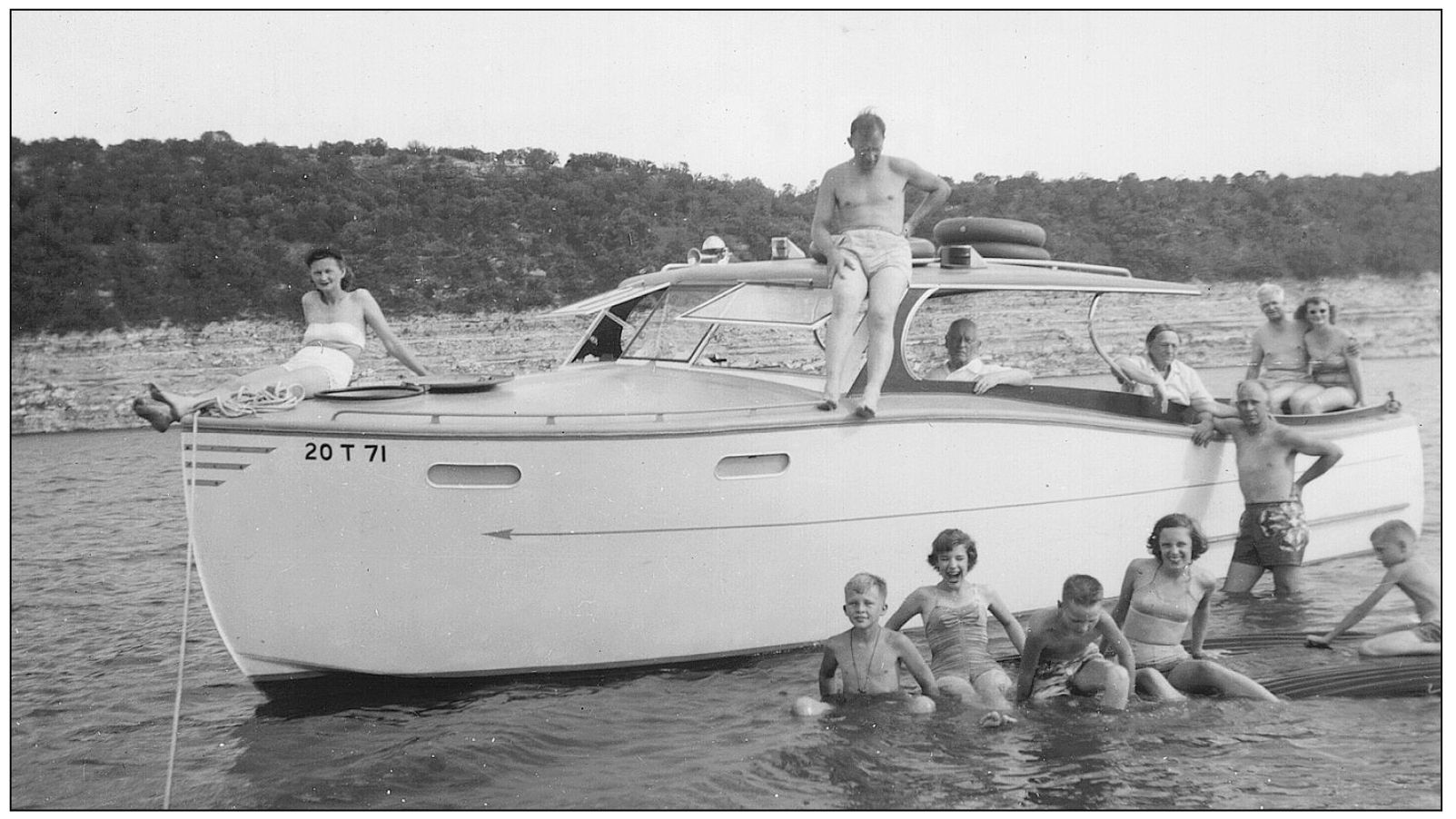
The Wukasch family is shown boating on Lake Travis in the 1950s. (Courtesy Ken Wukasch.)
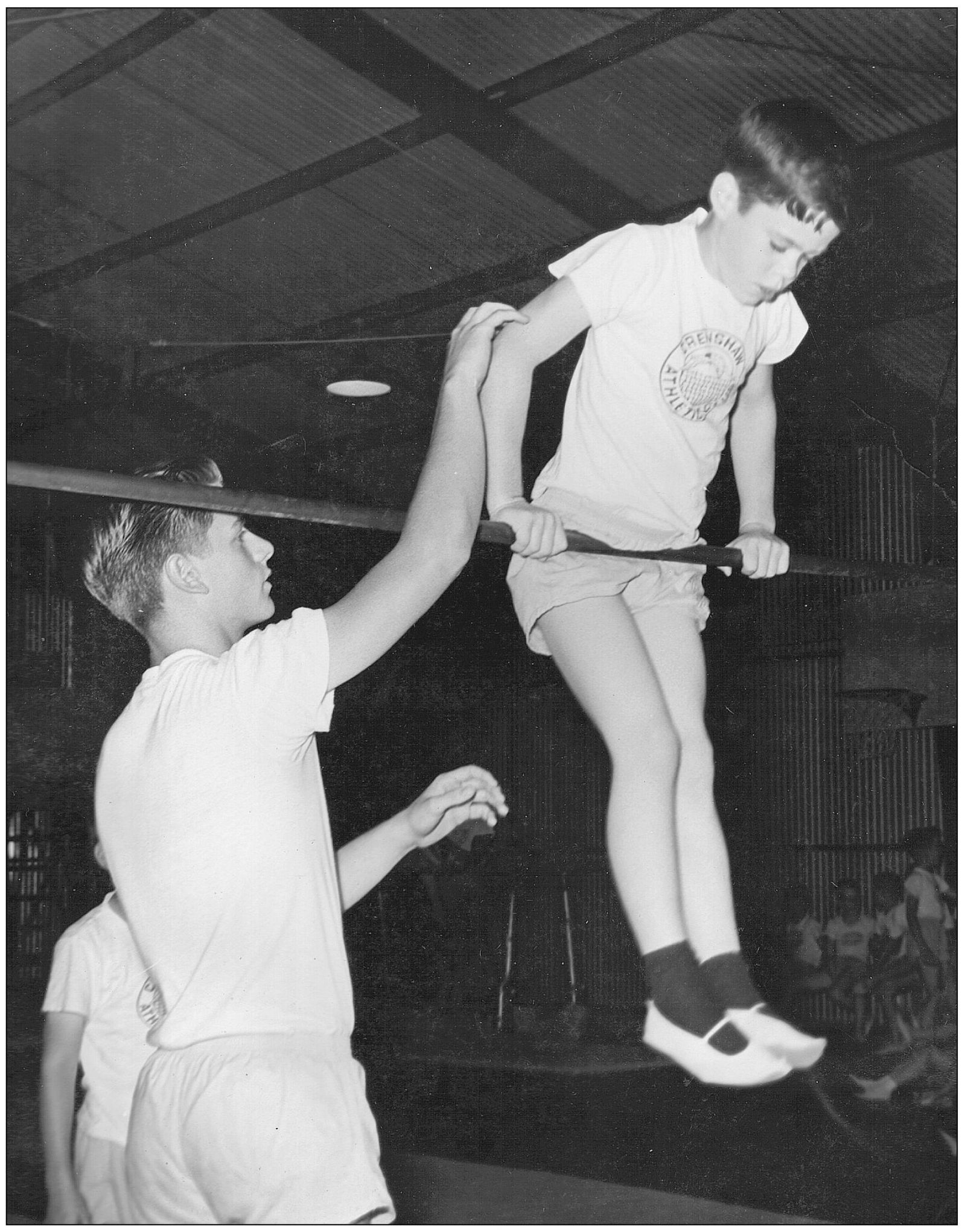
Allan Shivers Jr., son of Governor and Mrs. Shivers, took gymnastics at Crenshaw Athletic Club in 1952. Bee and Bill Crenshaw taught Austin children for almost 40 years. Bill was also a long-time gymnastics coach at the University of Texas. (Courtesy Bee Crenshaw.)